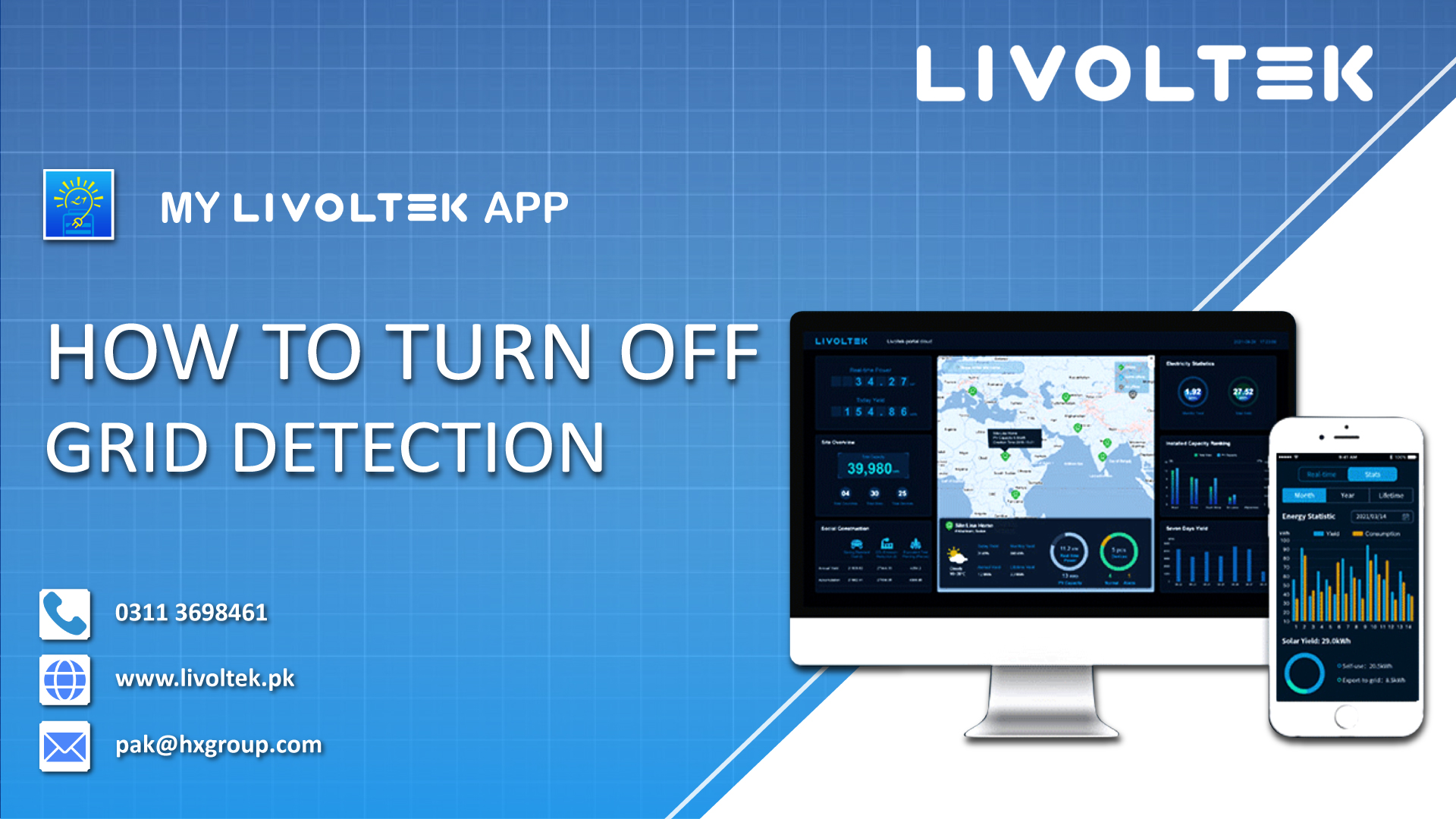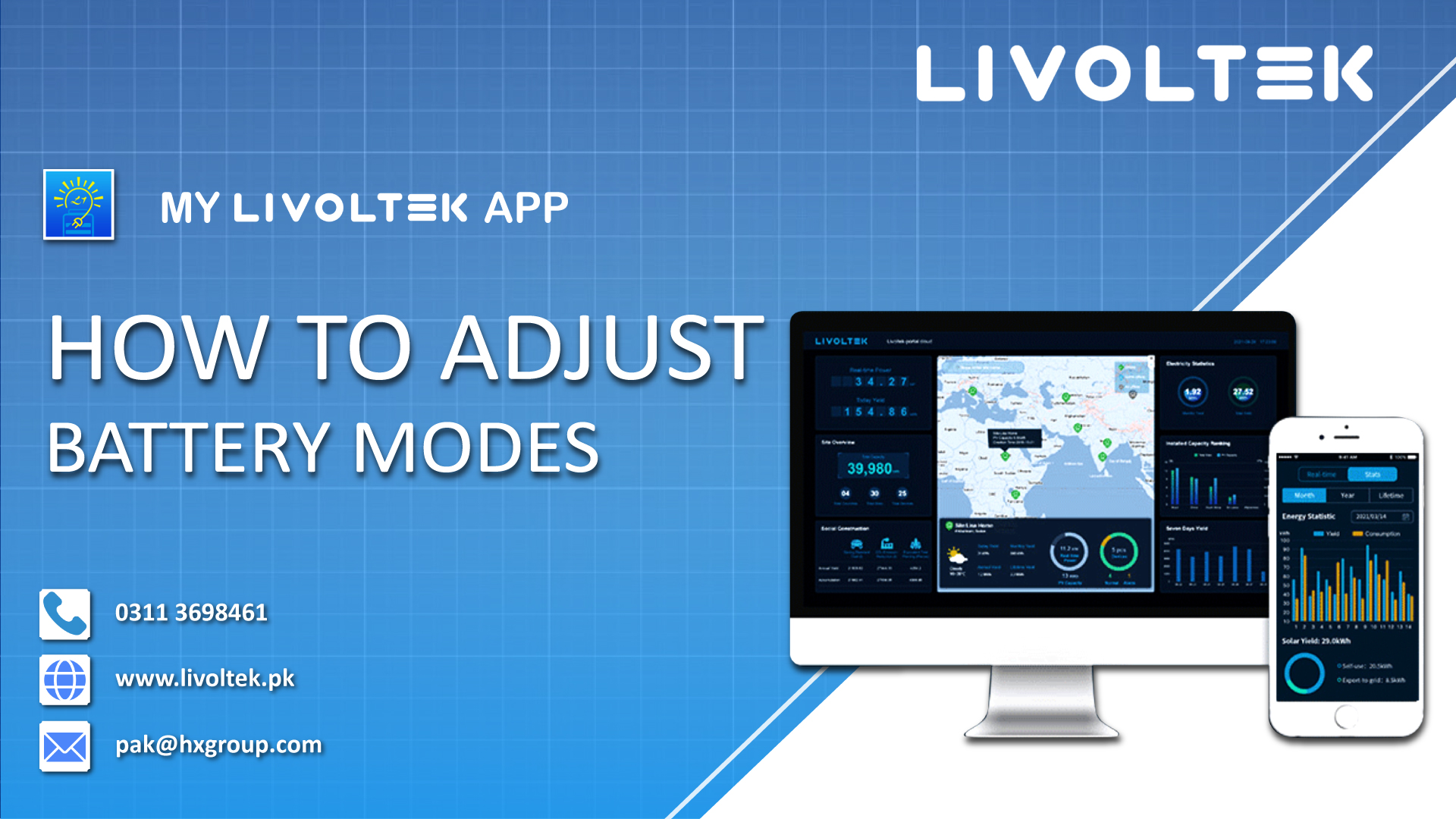In an era of increasing energy demands and the urgent need for sustainable solutions, the emergence of all-in-one energy storage system generation has taken center stage. These innovative systems have the potential to reshape the way we generate, store, and utilize energy, ushering in a new era of efficiency and sustainability. Our experts at LIVOLTEK explain all-in-one energy storage systems in this article, exploring their energy generation capabilities, benefits, and implications for a greener future.
What Is Energy Storage System Generation?
An energy storage system, also known as ESS, is a technology that stores energy for later use. It allows for generating electricity during periods of low demand and stores excess electricity produced during periods of high demand. ESS is crucial in balancing power supply and demand, improving grid reliability, and incorporating renewable energy sources.
The Genesis of All-in-One Energy Storage Systems
All-in-one energy storage systems supplied by our company, often called integrated energy storage systems, are revolutionary advancements in energy technology. They combine multiple functions into one unit, seamlessly integrating energy generation, storage, and management components. These systems can incorporate renewable energy sources such as solar panels, hybrid inverters, and low-voltage batteries.
Energy Generation Capacity Explained by Solar Energy Suppliers
Solar energy generation capacity refers to the maximum electricity a solar power system can produce with the help of the best solar inverter in Pakistan. Factors explained by our experts determining solar energy generation capacity include.
1. Size and efficiency of the solar panels.
2. Intensity and duration of sunlight.
3. Angle and orientation of the solar panels.
4. Temperature and weather conditions.
5. Quality and maintenance of the solar power system.
6. Available space for solar panel installation
Visit our ALL-IN-ONE ENERGY STORAGE SYSTEM page to learn more.
Benefits of All-in-One Energy Storage Systems
Our All-in-one energy storage systems offer several benefits, making them popular for residential and commercial applications. These systems integrate multiple components into a single unit, typically combining energy storage (batteries) with inverters, charge controllers, and sometimes energy management software. Here are some of the key benefits of using all-in-one energy storage systems:
Simplicity and Ease of Installation:
All-in-one systems simplify installation by providing a single unit with all the necessary components. This reduces the complexity of integrating separate components and streamlines the setup process, making it more efficient for installers.
Space Efficiency:
These systems are designed to be compact and space-efficient, which is especially advantageous for residential installations with limited space. All components in one unit reduce the overall footprint, making them suitable for a wider range of locations.
Optimized Compatibility:
Since all components are designed to work together as a cohesive unit, compatibility issues between different components are minimized. This ensures the system operates efficiently and effectively without potential conflicts between components.
Performance Optimization:
Manufacturers of all-in-one systems often optimize the performance of the integrated components to work seamlessly together. This can increase efficiency and overall system performance compared to mixing and matching individual components.
Ease of Use:
All-in-one systems often come with user-friendly interfaces and monitoring systems. This allows users to monitor their energy storage and generation in real time, track energy consumption, and make informed decisions about energy usage.
Lower Maintenance:
Maintenance requirements can be simplified since the components are integrated and designed to work together. Manufacturers can also provide comprehensive support and maintenance services, ensuring the system’s longevity and reliability.
Scalability:
Many all-in-one systems are designed to be modular and scalable. This means you can start with a smaller system and expand it over time by adding more units as your energy storage needs grow.
Aesthetics:
All-in-one systems are often designed with aesthetics in mind, which is particularly relevant for residential installations. These systems’ sleek and unified appearance can make them more visually appealing, especially when compared to an array of separate components.
Backup Power:
Some all-in-one energy storage systems offer the capability to provide backup power during grid outages through a wall-mounted lithium battery. This feature can be crucial for maintaining power supply in critical situations.
An all-in-one energy storage system generation represents a remarkable leap forward in our quest for sustainable and efficient energy solutions. Their ability to generate, store, and manage energy from various renewable sources holds the potential to revolutionize the way we power our lives. You can contact our suppliers at LIVOLTEK to learn more about this unique system.
Here are three questions to further explain the energy storage and generation system.
Frequently Asked Questions
How do we store the energy that is generated?
Energy storage system generation uses advanced technologies like lithium-ion or flow batteries. These store excess energy during low-demand periods and release it when needed, ensuring a consistent and reliable power supply.
Is energy storage a generation?
Energy storage is not a form of generation itself; rather, it is a means of capturing and storing excess energy produced during low demand for later use. It enhances grid stability and supports renewable integration.
Is energy storage renewable?
Energy storage is not renewable; it is a technology that stores excess energy. Renewable energy sources like sunlight and wind generate clean energy, which can be stored using technology like batteries.



